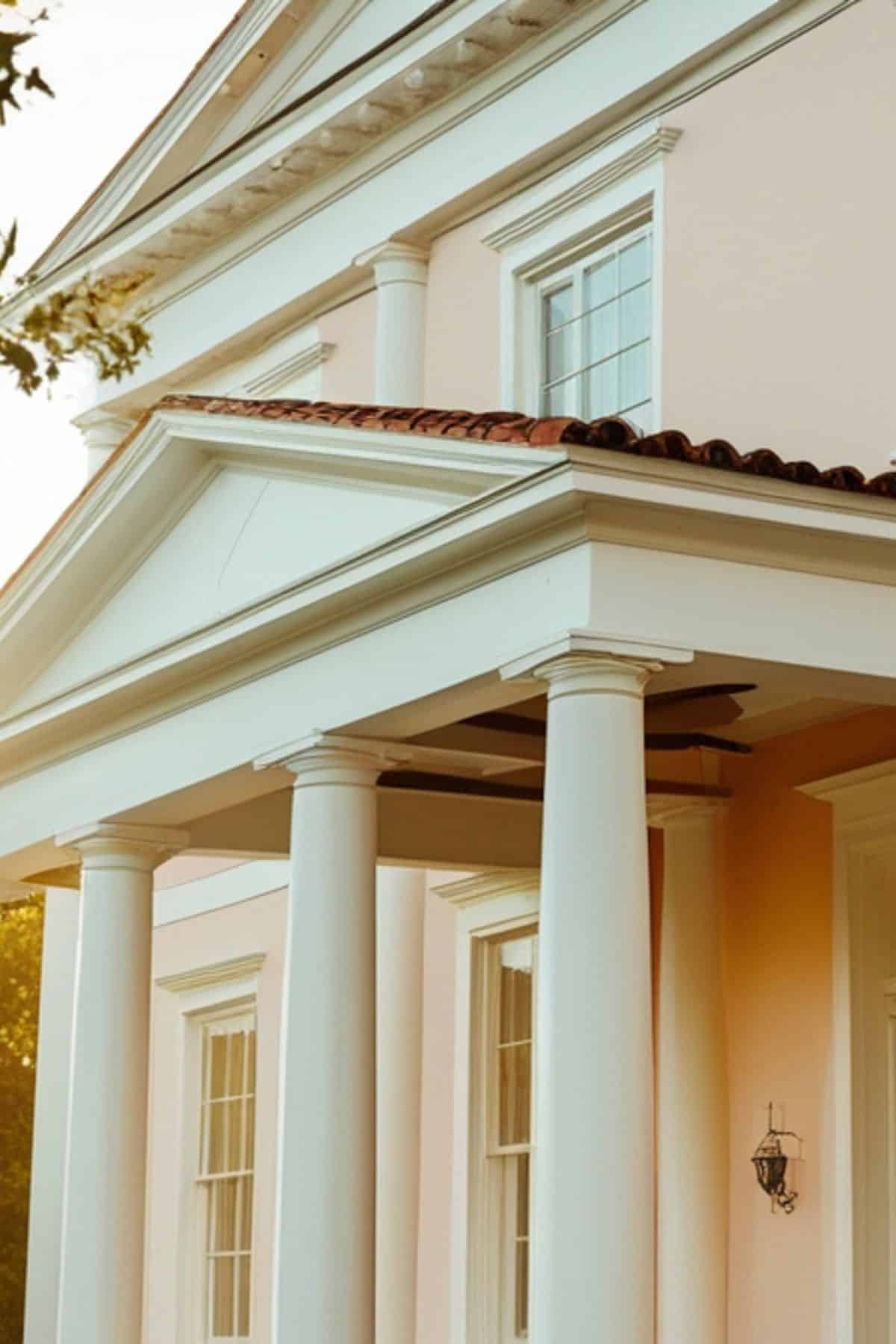
The outside of a house says a lot before anyone steps inside. It frames the character of the property, hints at the lifestyle within and, when done well, creates a sense of cohesion between architecture and landscape.
Many homeowners focus on gardens and paintwork, but the material that covers your exterior walls has the biggest visual impact.
The right finish protects against weather, ties extensions or older repairs together and can even improve thermal comfort.
Why the Right Finish Matters
A tired or patchy façade can drag down even a well-kept home. Sun-faded paint, mismatched brick tones or ageing panels often make a property feel neglected.
Updating the outer shell brings everything back into focus. It can modernise a dated design or highlight the charm of older features instead of hiding them. A good façade treatment also helps seal against wind and moisture, reducing drafts and extending the lifespan of the structure beneath.
This is where exterior wall cladding becomes a strong contender. It offers a neat way to cover existing surfaces, refresh older brickwork and introduce new tones or textures without the upheaval of a full renovation. Available in timber, composite, fibre cement, metal and decorative stone effects, it gives homeowners freedom to match style with practicality.

Material and Design Considerations
Different materials suit different types of homes. A timber finish adds warmth and a natural tone that softens modern lines or complements traditional architecture.
Composite boards mimic timber but need much less upkeep and stand up well in rainy climates. Fibre cement gives a clean, painted aesthetic that works beautifully on contemporary builds or crisp, Scandinavian-style accents. For a bolder architectural look, aluminium or zinc panels provide sharp lines and a sleek finish. Stone or brick slips add weight and authenticity where a traditional character is preferred.
Orientation changes the mood too. Horizontal boards stretch the building visually and create a grounded profile. Vertical slats, meanwhile, elongate proportions and can make a single-storey home appear taller. Slim battens used sparingly around an entrance or window add definition without overpowering the design.
Balancing Colour and Texture
Colour can enhance or overwhelm, depending on how it’s used. Rich earthy tones blend with planting and soften edges, ideal for homes surrounded by greenery.
Lighter shades reflect daylight and make elevations feel fresh and airy, especially on coastal or country-style homes. Deep charcoals or black finishes bring drama and contrast and work brilliantly alongside pale stone, raw concrete or minimalist landscaping.
Mixing textures adds character. A section of cladding paired with render, painted brick or even shingles can break up a long wall and create architectural interest. The key is repetition of tone or finish in more than one place, perhaps cladding on a façade echoed again on a garden wall, porch or bin store, to make it feel intentional.

Installation Basics to Keep in Mind
Good preparation is crucial. Most systems require a ventilated cavity behind the panels, fixed over treated battens with a breathable membrane in place. This prevents trapped moisture and allows the wall to breathe.
Check that old surfaces are sound, remove crumbling render and make sure everything is level before starting. For a polished result, align board joints with window heads and keep trim lines straight.
Weather matters too. Install on dry days with stable temperatures, and order slightly more material than needed to allow for cuts and future touch-ups. If you are not confident doing it yourself, many suppliers offer trained installers who understand expansion gaps, flashing details and sealing techniques.
Maintenance and Long-Term Care
Every finish weathers differently. Timber benefits from annual cleaning and occasional oiling or staining to maintain colour, although some homeowners embrace natural greying. Painted finishes may need refreshing after several years, depending on sunlight and exposure.
Composites and fibre cement usually only require an occasional wash. Keeping plants trimmed back and gutters clean makes a bigger difference than most people expect, preventing trapped moisture and staining.
Small-Scale Projects with Big Impact
If a full façade update feels like too much commitment, try starting with a smaller area. A porch, side extension, garden office or boundary wall can act as a test zone.
Replacing old panels under a front window or adding slatted cladding to a garage can instantly lift curb appeal. These smaller projects help you experiment with tone and material before rolling it out on the whole home.
